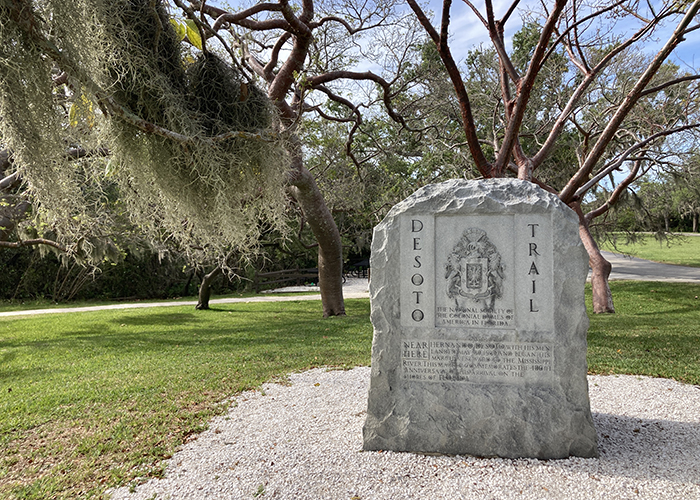 More 2023 Adventures |
Orlando, FL → Sarasota, FL → Daytona Beach, FL 324.0 mi (521.4 km) |
 Next Day |
¡Vamos a una aventura, todos!
I took an overnight flight to Orlando, not my favorite way to fly anymore, but sometimes a necessary one! Why Florida? Well, there’s a historic protest coming up in a few days, and I wouldn’t miss it! First, though, I had some national parks to check off my list, starting in Manatee County, home to the landing site of Hernando de Soto!
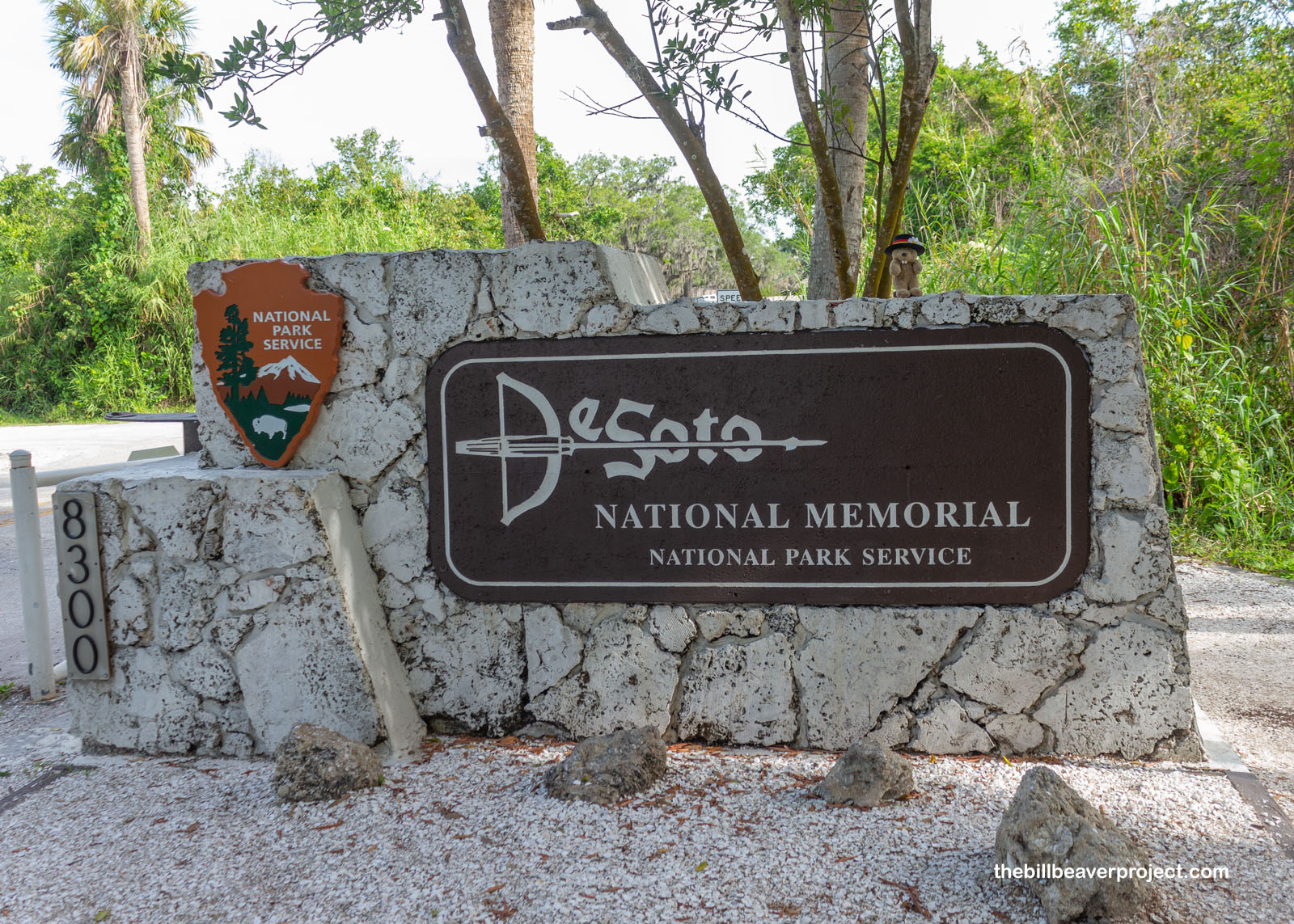 |
After helping Gaspar de Espinosa conquer Nicaragua in 1533 and Francisco Pizarro in defeating the Inca of Peru four years later, 39-year old Hernando was far from finished. Inspired by Juan Ponce de León, and ravenous for more riches, he sailed with 620 Spanish soldiers to the eastern coast of La Florida on May 29, 1539 and spent the last three years of his life trekking across the southeastern part of what’s now the United States. He made it as far north as what’s now Knoxville and as far west as Texas!
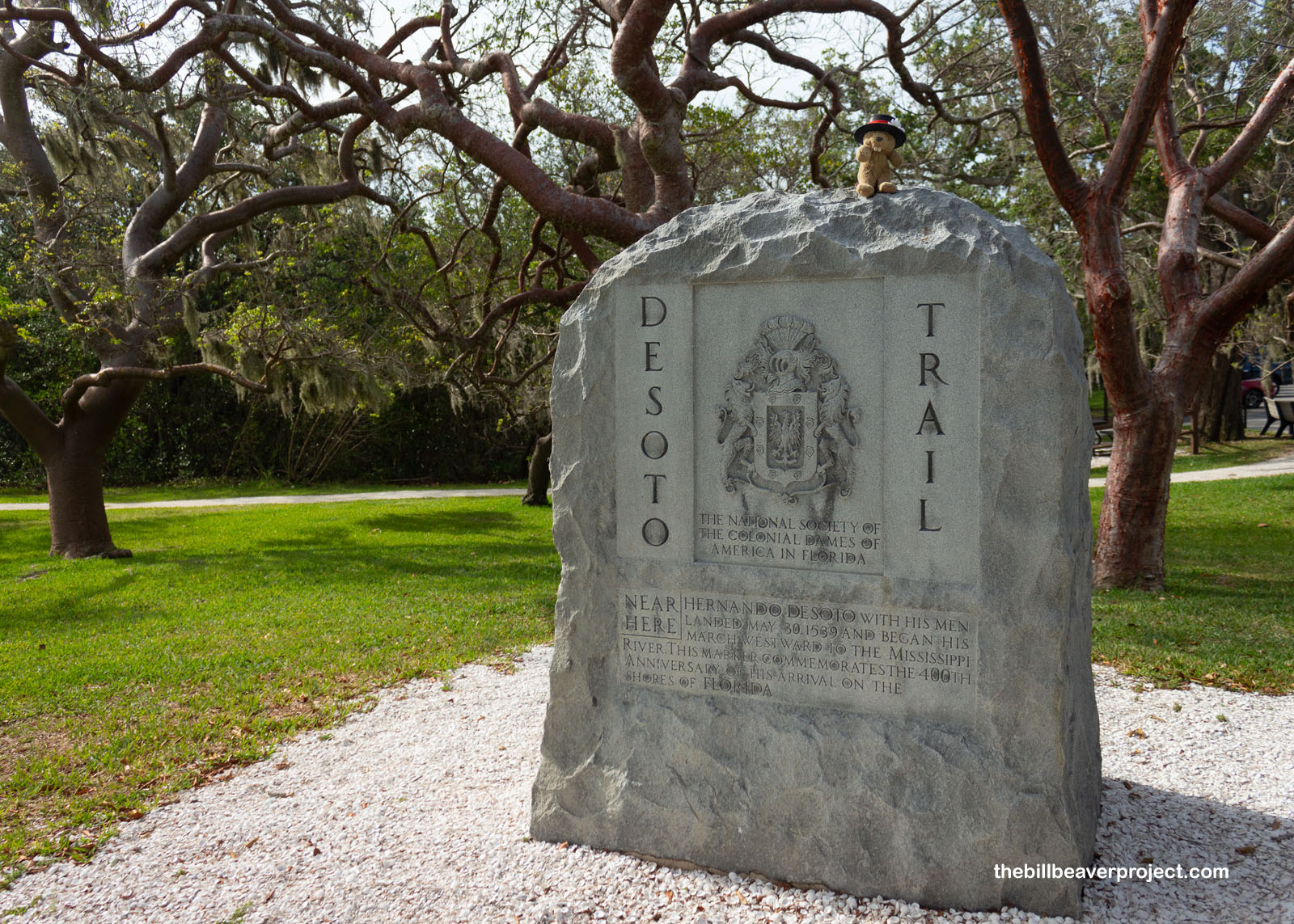 |
In 1539, this was the town of Uzita, and the folks who lived here lived in wood houses with thatched palm roofs. Here, the de Soto expedition made camp and encountered… another Spaniard! Juan Ortiz had been separated from the Narvaez expedition of 1527 and spent the last 12 years living among the Uzita, learning many languages up and down the coast, which made him the perfect guide for this crew. It was a good thing too, because Hernando de Soto was known for throwing bad or ineffective guides to the dogs!
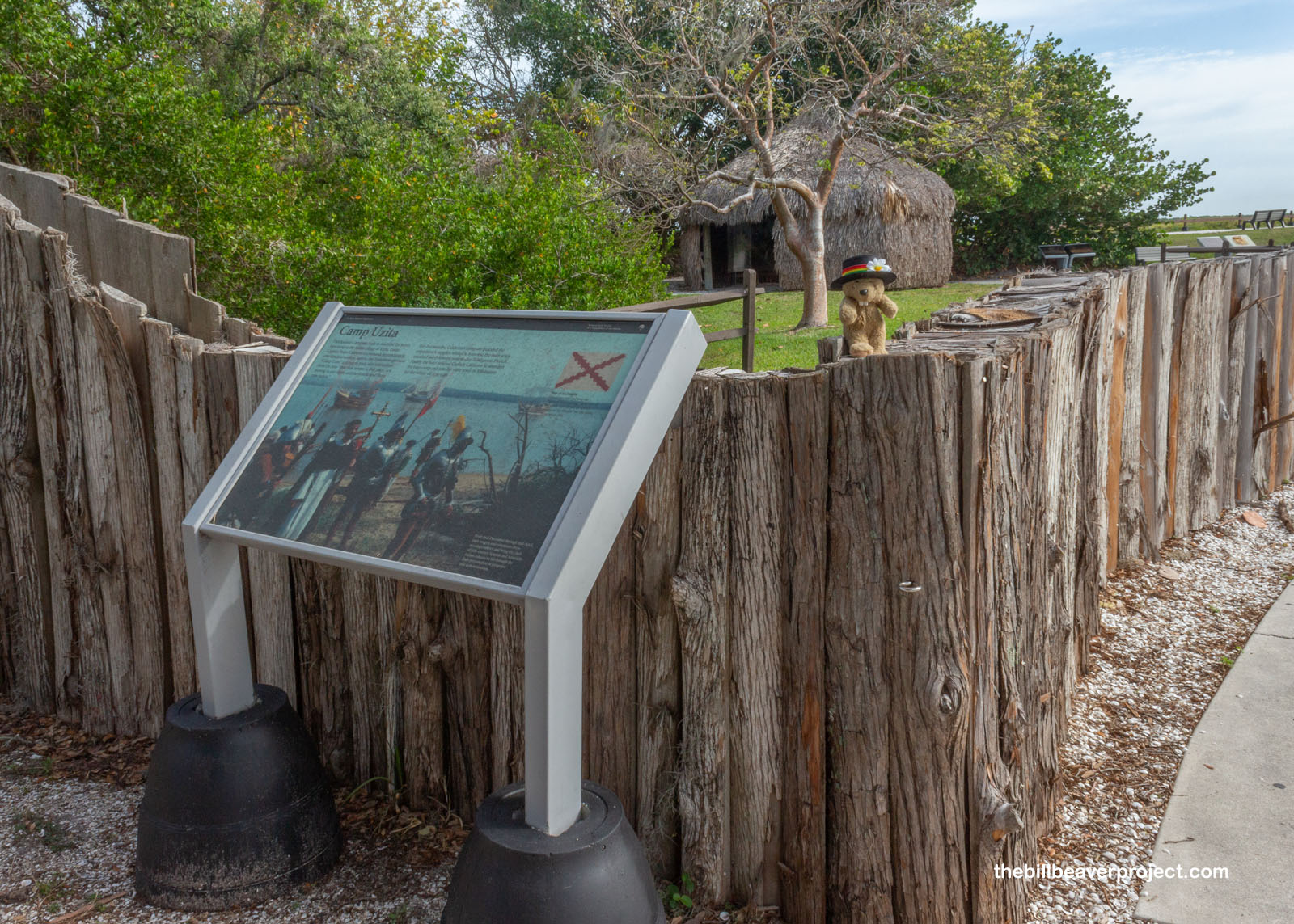 |
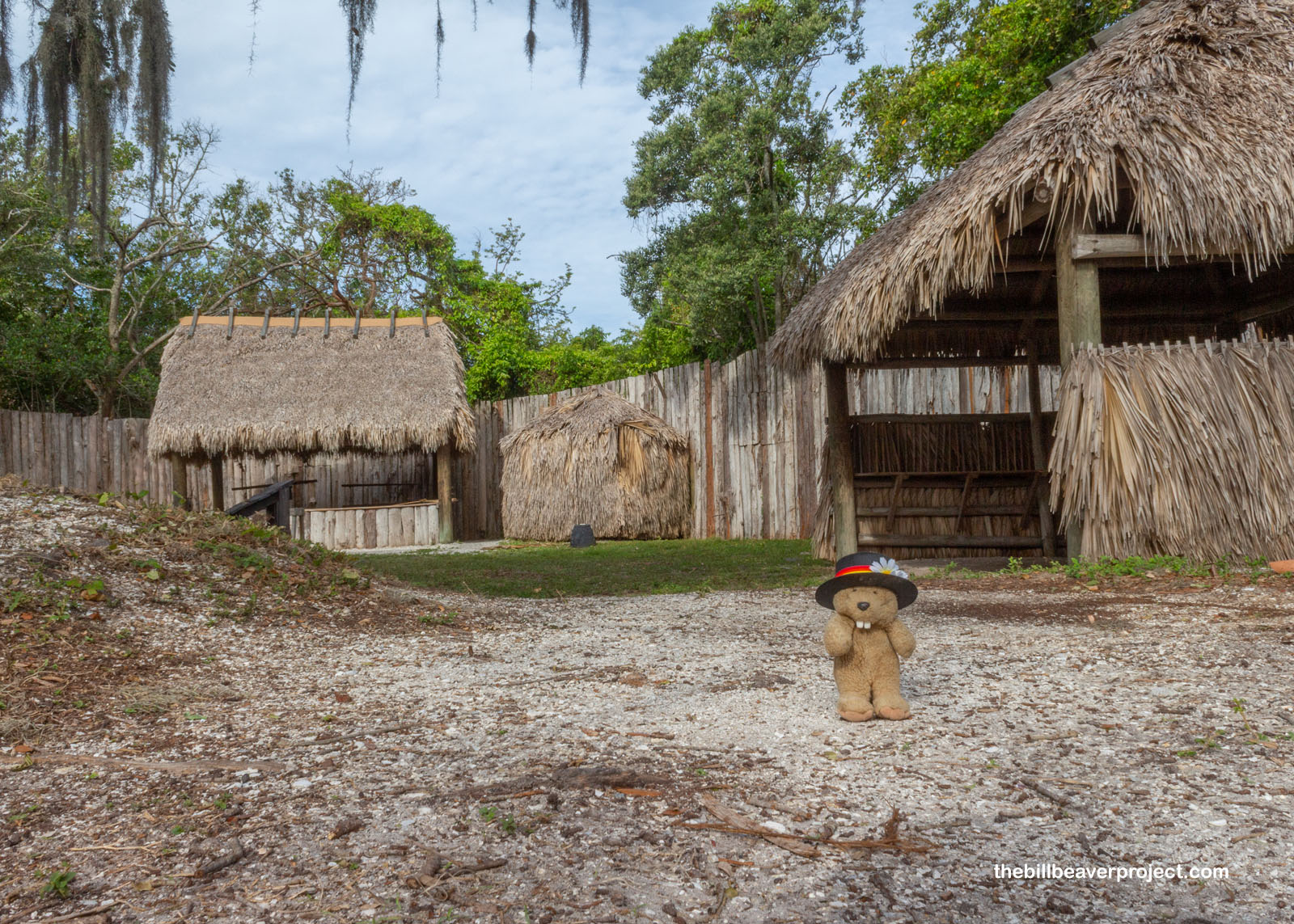 |
One thing I didn’t know about Hernando de Soto was that his involvement in conquering Peru earned him knighthood in the Order of Santiago, who were responsible for protecting peregrinos on El Camino de Santiago de Compostela but also evicting Muslims from the Iberian Peninsula during the Reconquista! This knighthood gave him the right to conquer La Florida as far as the King and Queen of Spain were concerned.
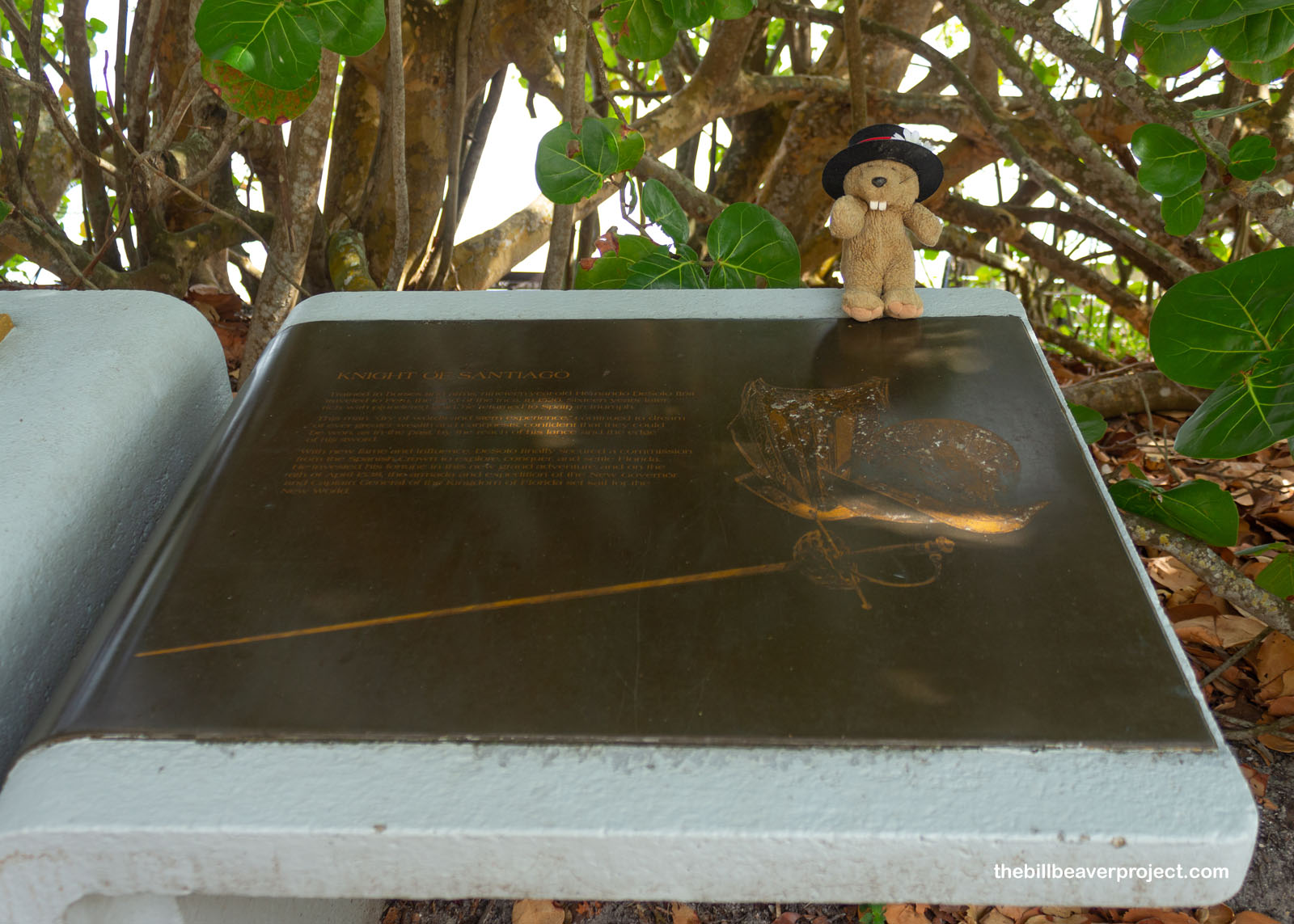 |
While it’s really difficult to retrace the exact footsteps that these Spanish conquistadores took in 1539, a trail here at DeSoto National Memorial gave an idea of what they encountered when they landed. In particular, the whole coastline was packed with thick mangroves and hammocks. Hammocks, I learned, are clusters of tall trees in the middle of flatter areas! These would have been very difficult for Spanish horses to navigate!
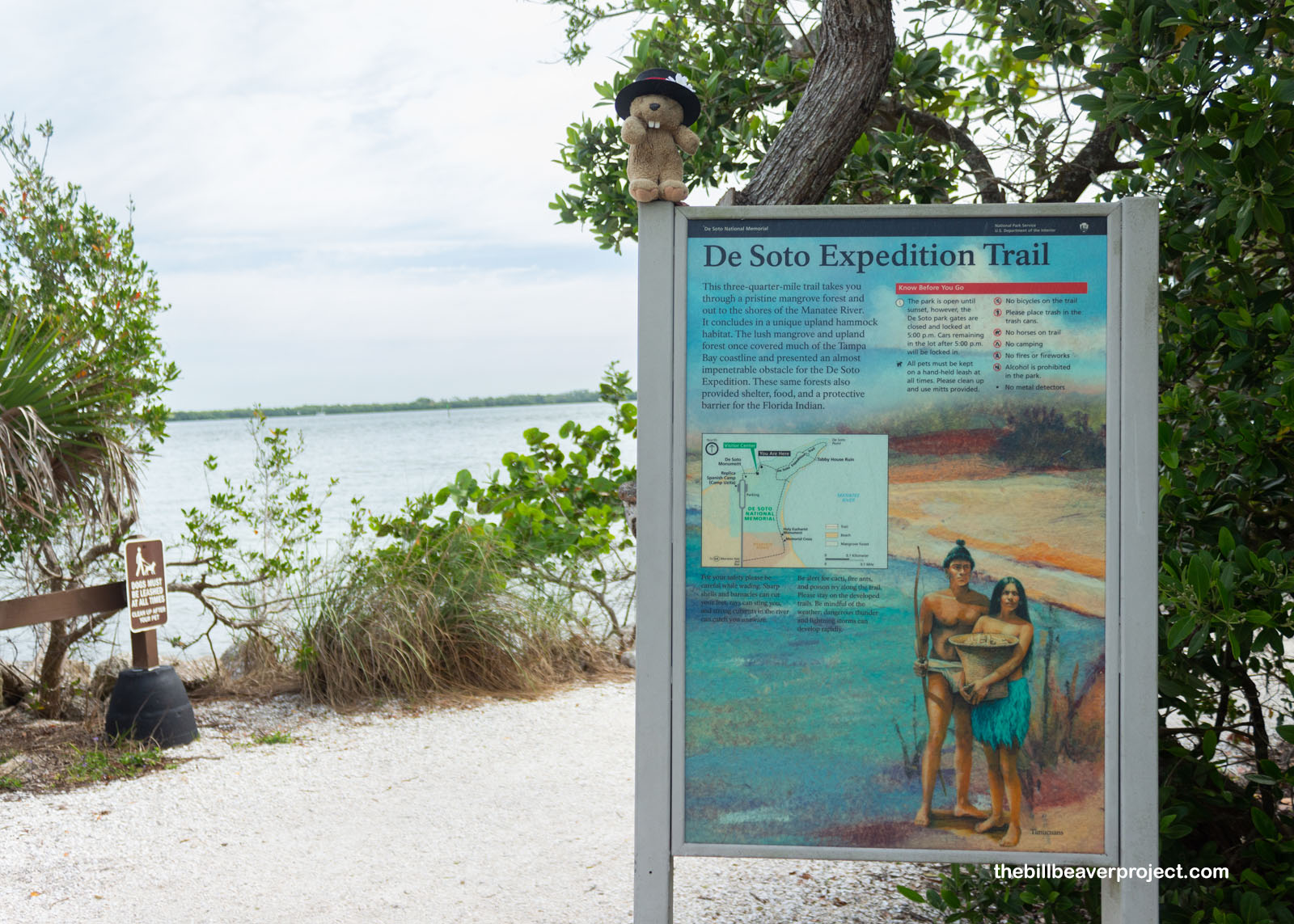 |
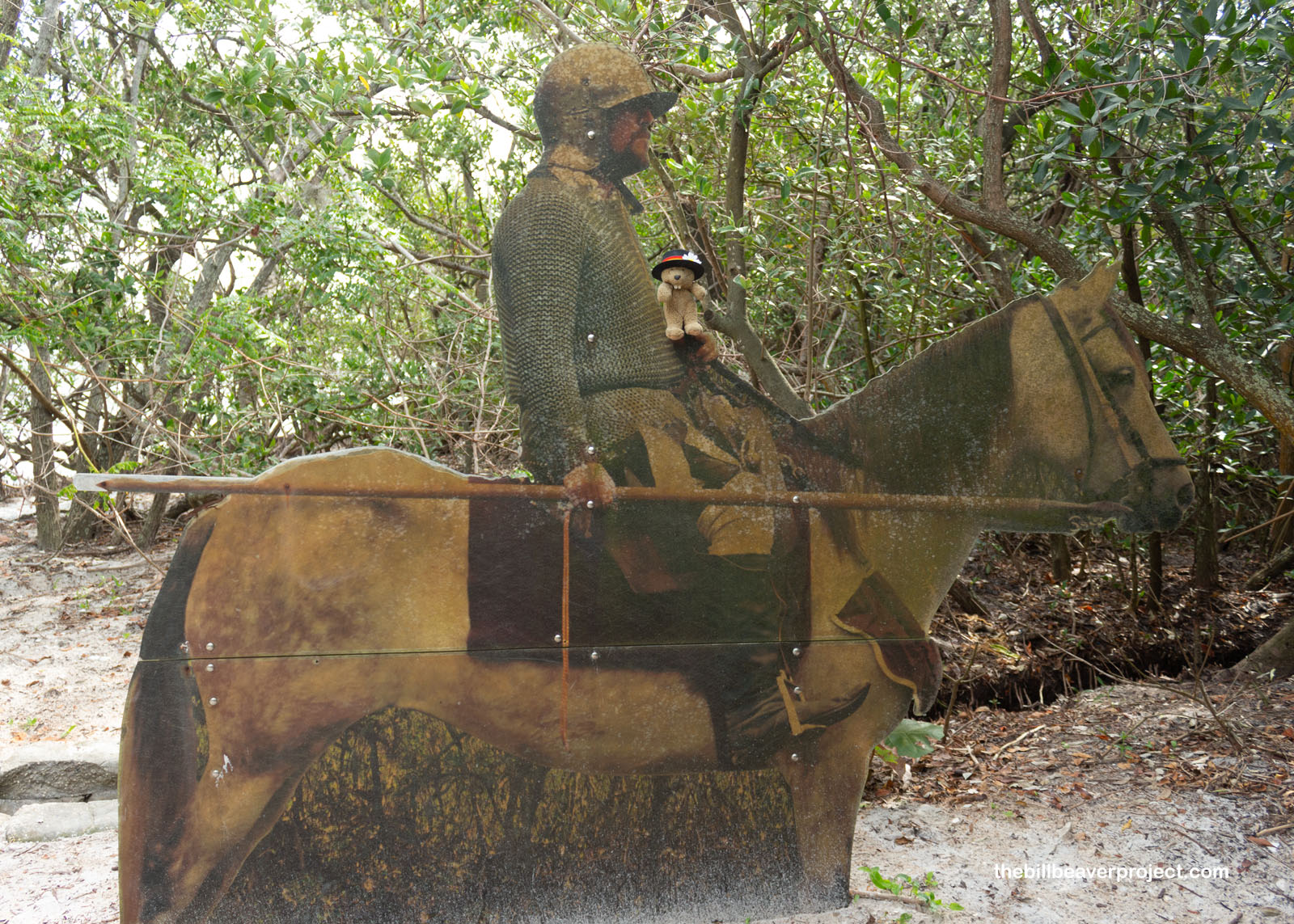 |
Today, it was pretty calm overlooking Tampa Bay and the Manatee River. I scanned for any sign of the river’s namesake, but there were none to be seen! One day I’ll see these majestic vacas marinas, but I’ll need to engineer the right aquatic gear to make that happen properly!
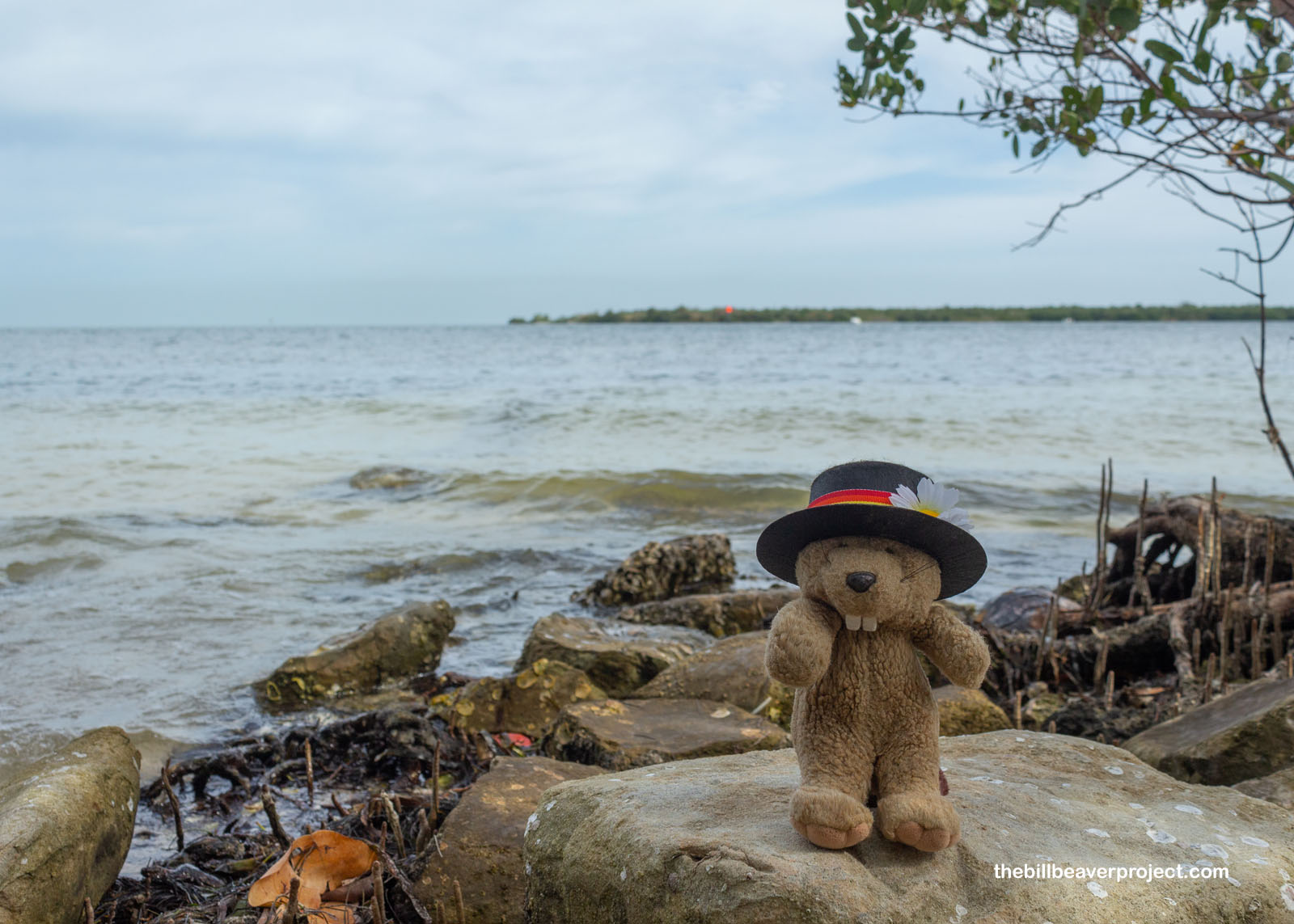 |
Instead, I followed a boardwalk through the mangrove, whose straw-shaped roots stuck up all over the ground and whose seeds were starting to grow into a mini plant called a propagule, which eventually falls off and floats away to a new rooting spot!
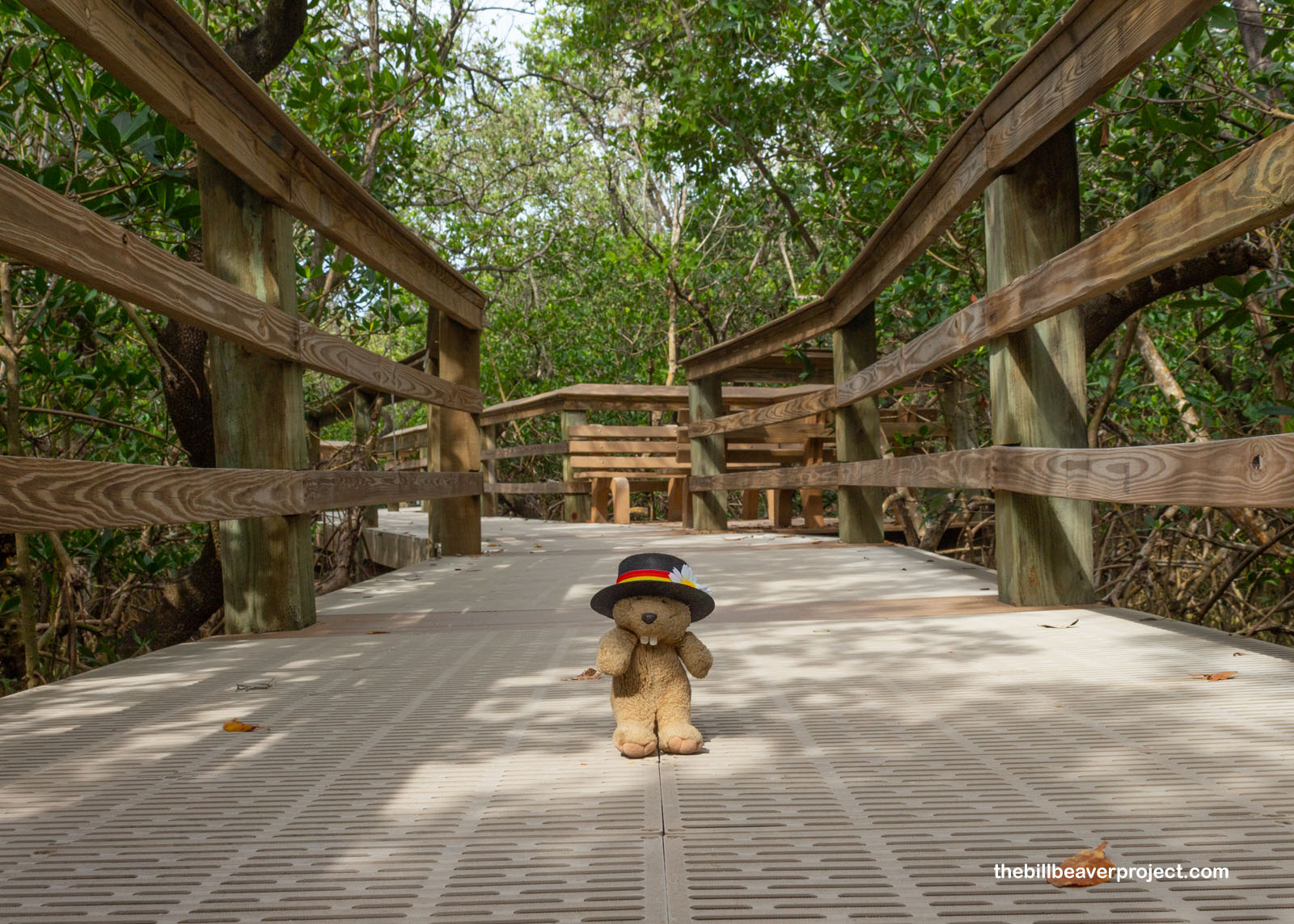 |
I encountered the ruins of a house made of tabby! No, it wasn’t built from cats. Tabby is to the East Coast what adobe is to California! It’s a mix of sand, lime, water, and oyster shells, which was built into a house layer by layer, each layer taking up to three days to harden! These ruins were probably once the home of William H. Shaw, who lived here with his family from 1843 until 1856!
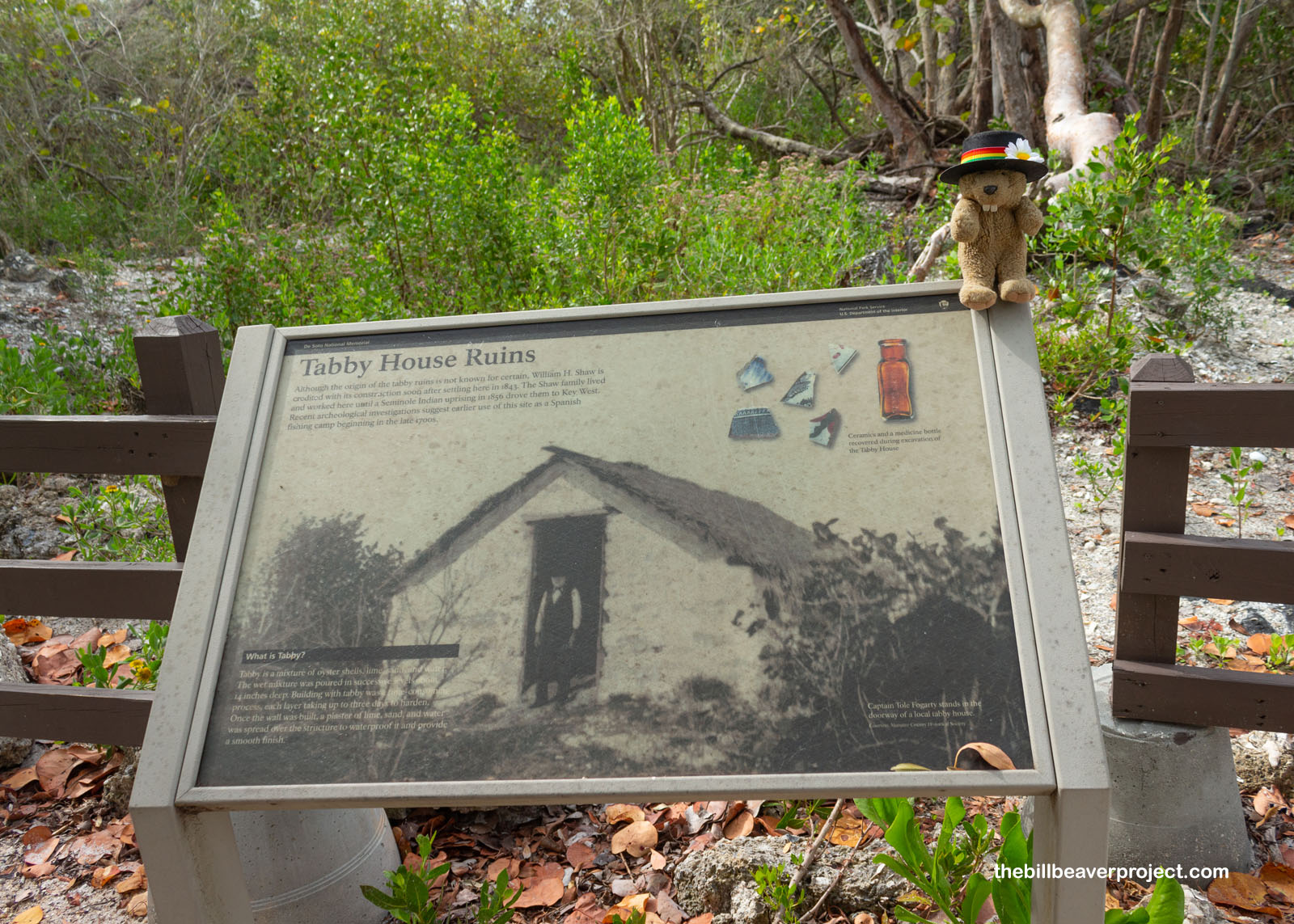 |
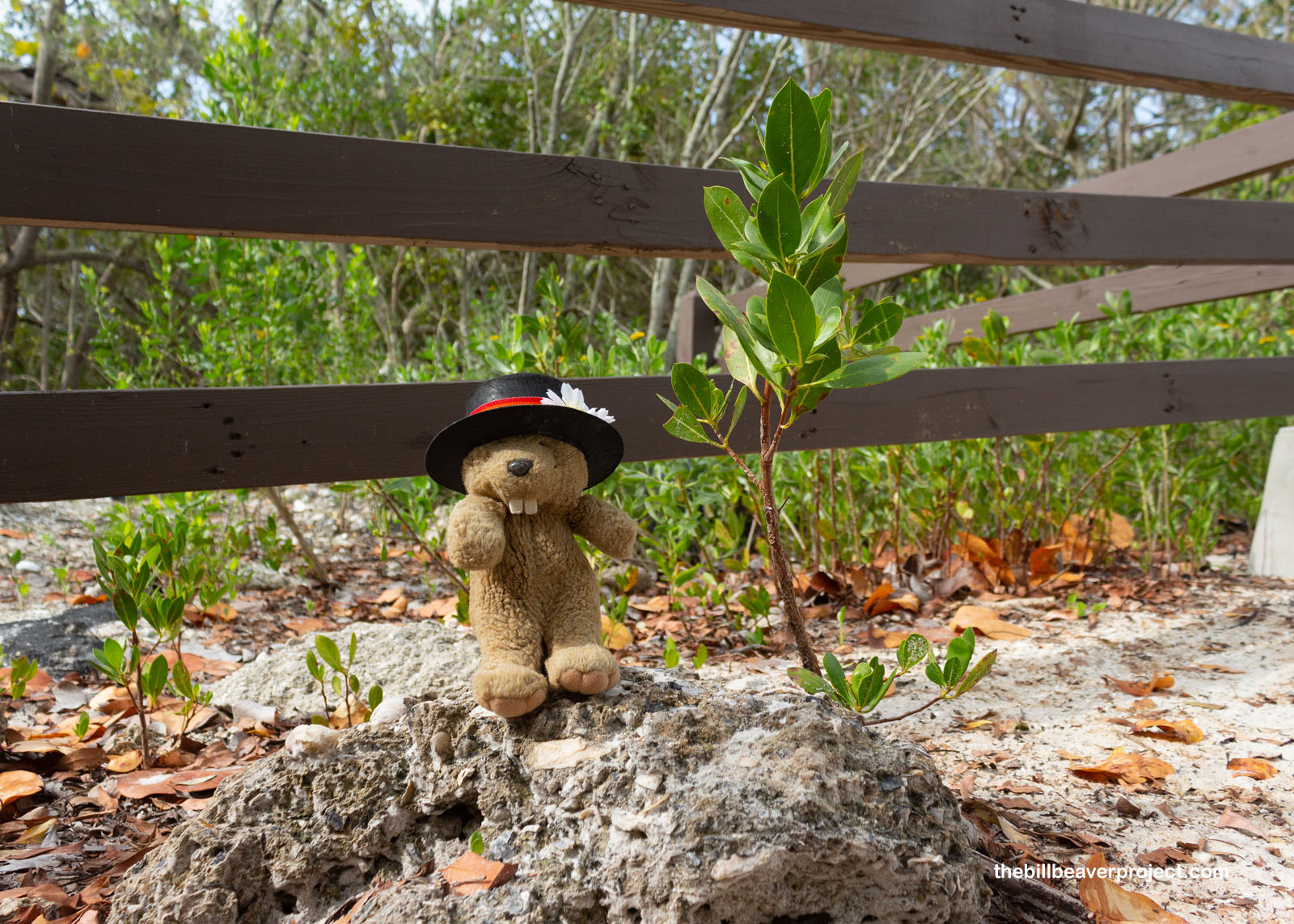 |
At the time the De Soto expedition landed here, there were over sixty different tribes across Florida, but after generations of suppression, conversion, and eviction, there are now only two recognized tribes in Florida: the Seminole and the Miccosukee. The Seminole actually formed from the merging of local tribes with refugees from the north, like the Muskogee/Creek, as well as some African folks who’d escaped slavery! The term “Seminole” could have come from either the Creek word simanó-li, which means “outcast,” or the Spanish word, cimarrón, which means “untamed!”
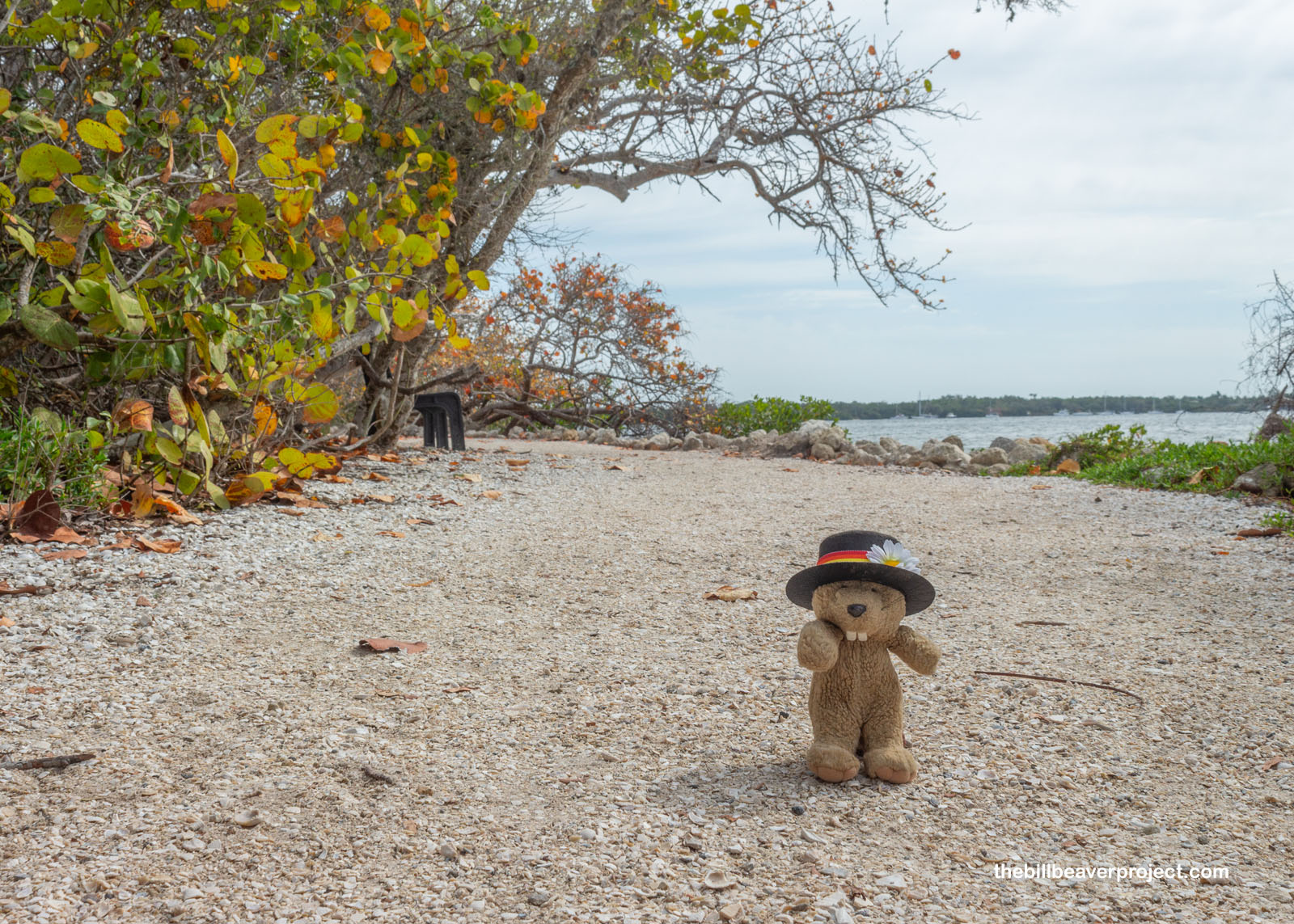 |
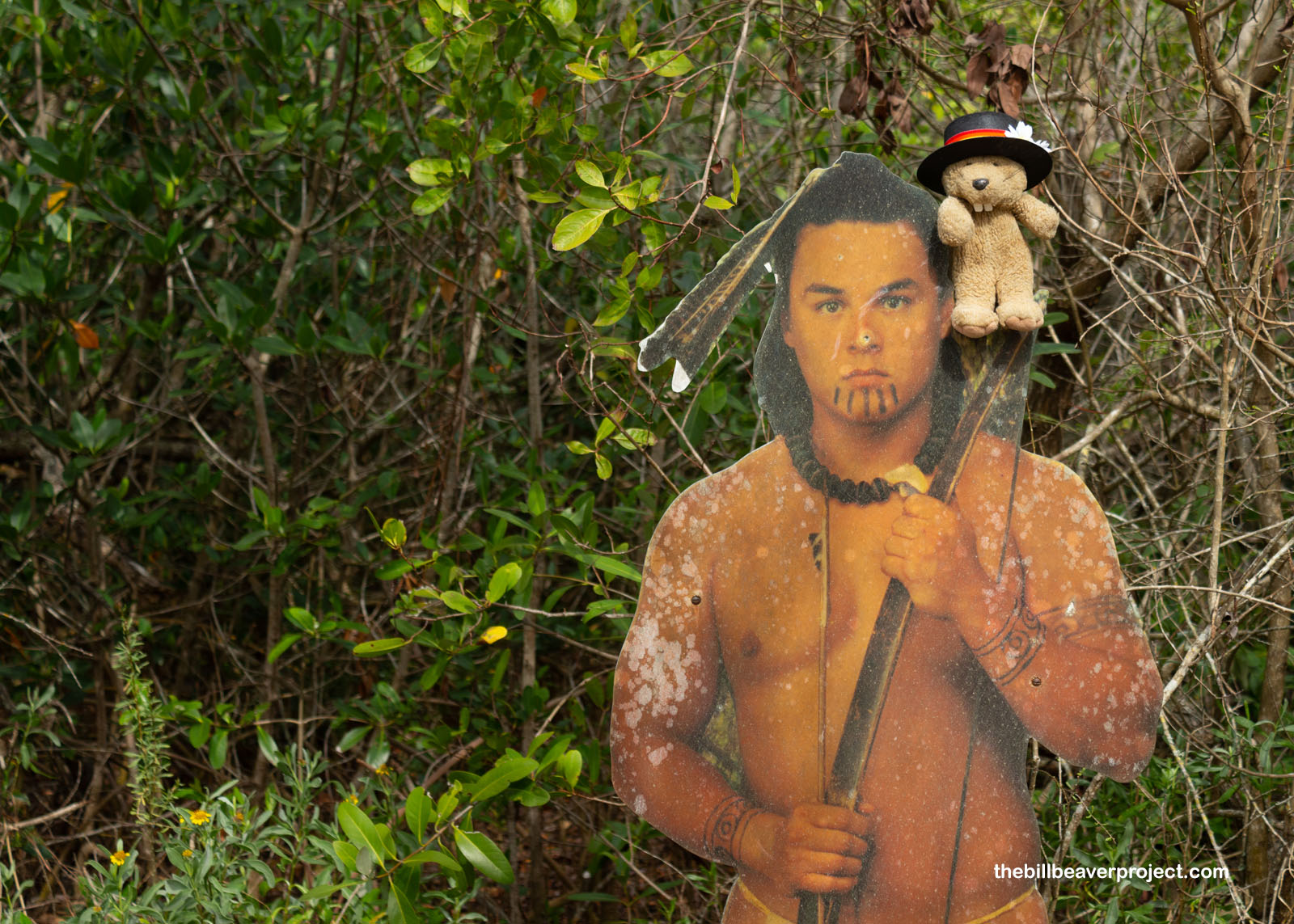 |
At their backs was the Catholic Church, which, like in California, set up missions across La Florida, connected by their very own Camino Real. Unlike in California, Florida’s wet weather eventually corroded all fourteen missions, so reconstructions and monuments like this 1965 obelisk and 1995 memorial cross are the last tributes to this First Spanish Period (1565-1763). When they were set up, they still credited Hernando de Soto with “discovering” the Mississippi River, but as we know today, it was discovered long before his time!
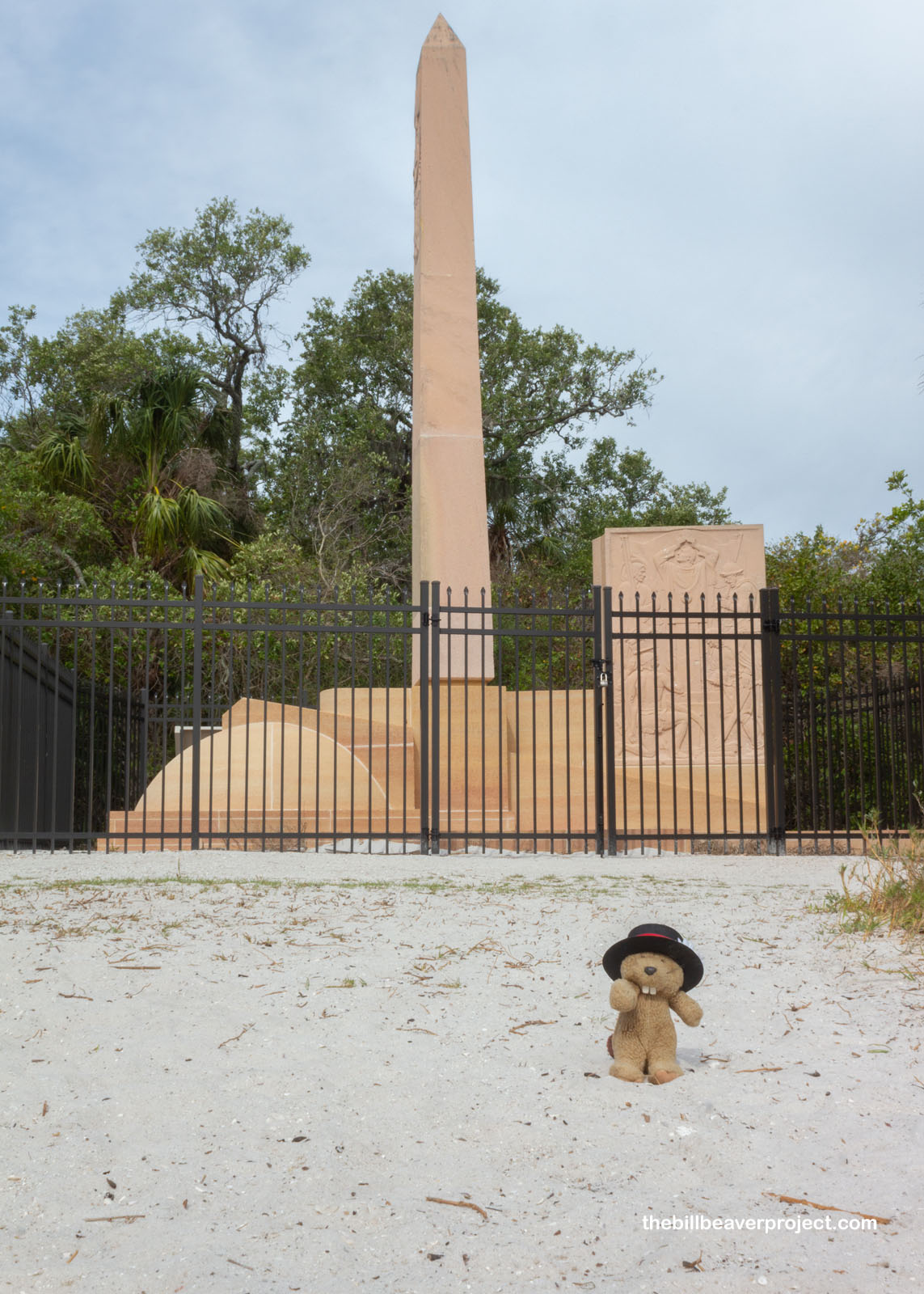 |
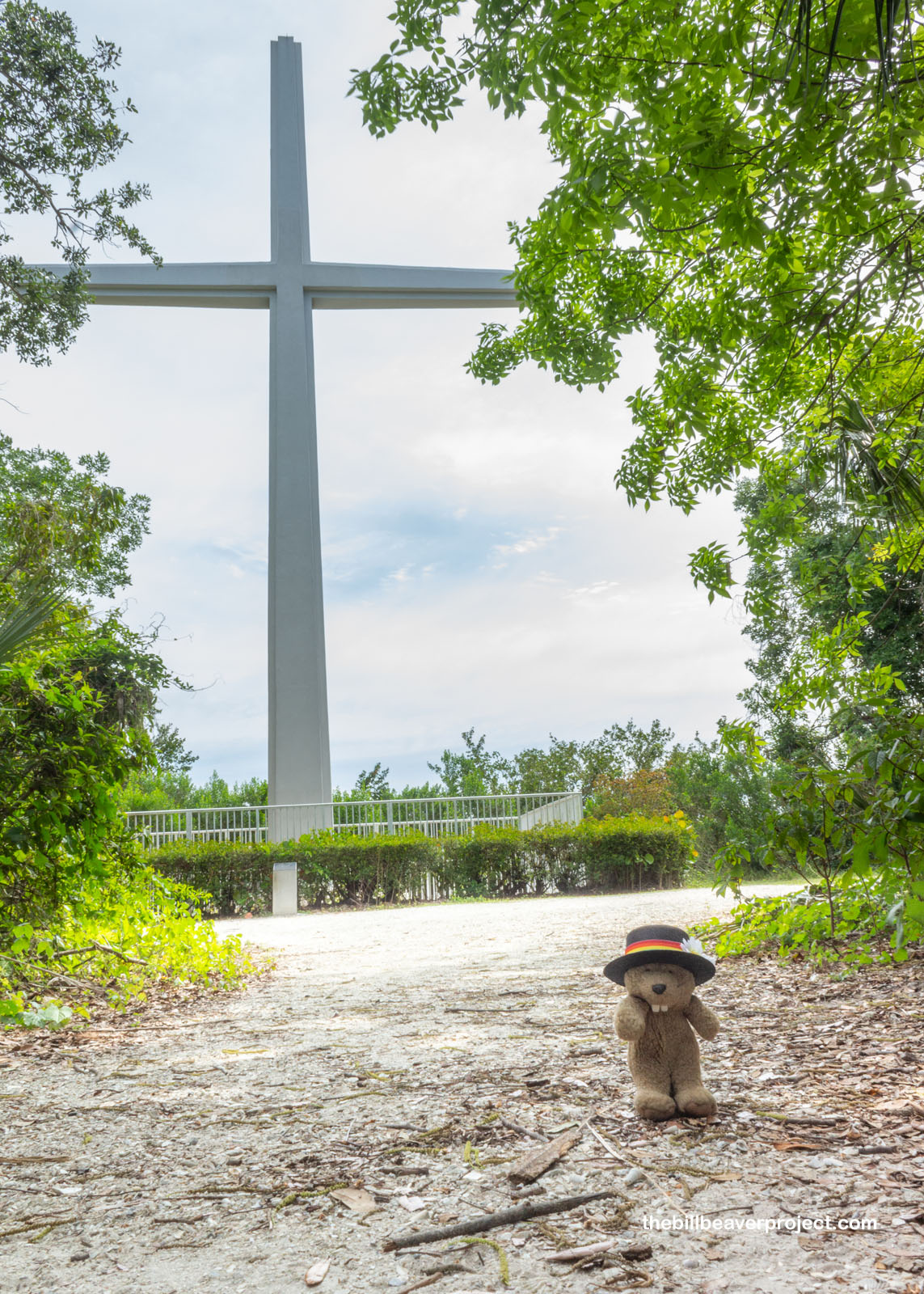 |
I finished my loop on the nature trail and headed further south into Sarasota County, a place whose name origin has been muddied by history. Here, I was going to explore the winter home of John and Mable Ringling, a power couple whose fortune was built upon circuses!
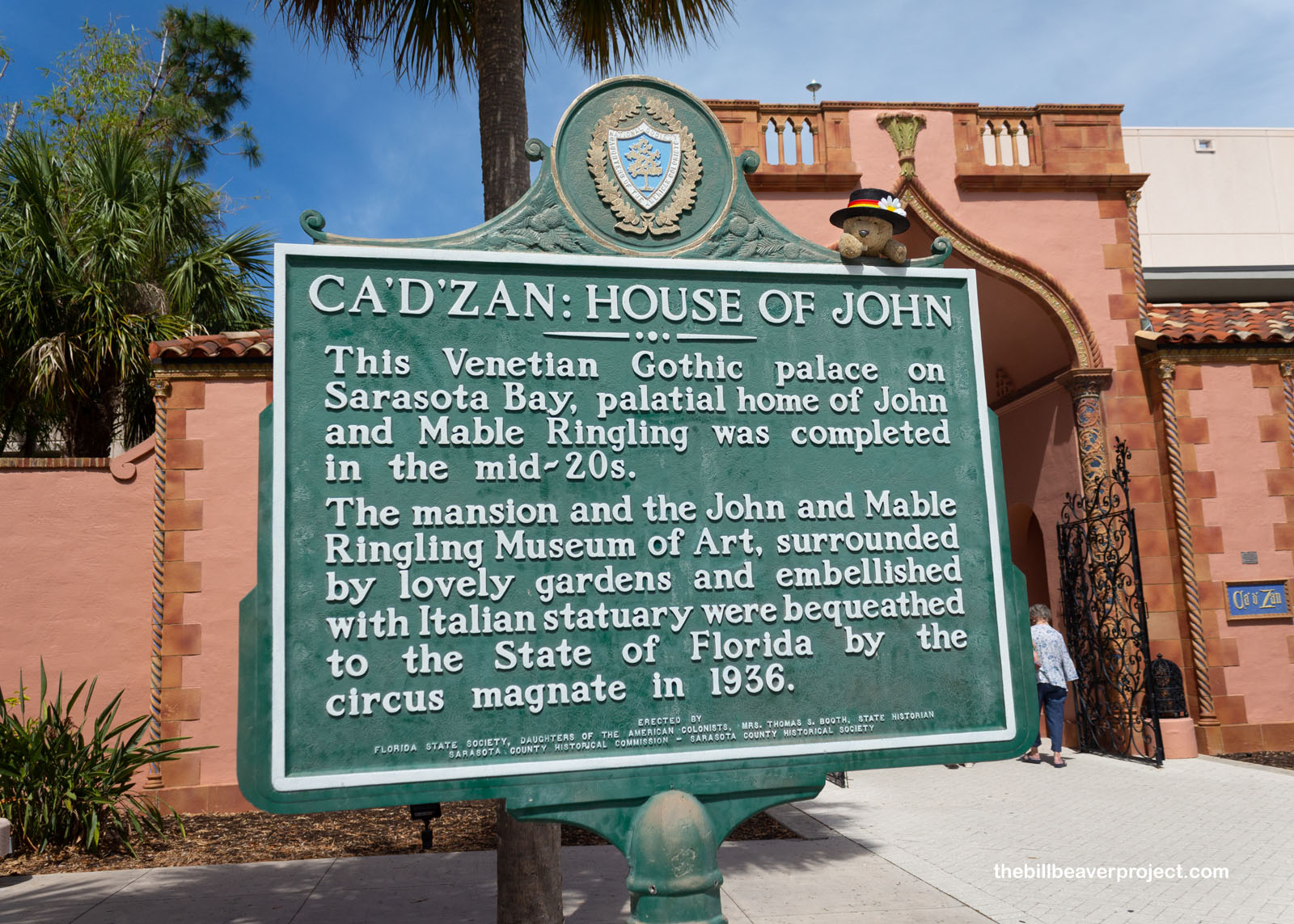 |
Mr. Ringling was the fifth of seven Ringling brothers, whose own circus got started in 1870 and grew to an empire that gobbled up the Barnum & Bailey Circus, the American Circus Corporation, and even Buffalo Bill’s Wild West Show! With all that money, they built their Gray Crag mansion in Alpine, New Jersey, then in 1926, commissioned a winter home in Sarasota, where Mr. Ringling was an influential real estate developer when he wasn’t buying circuses!
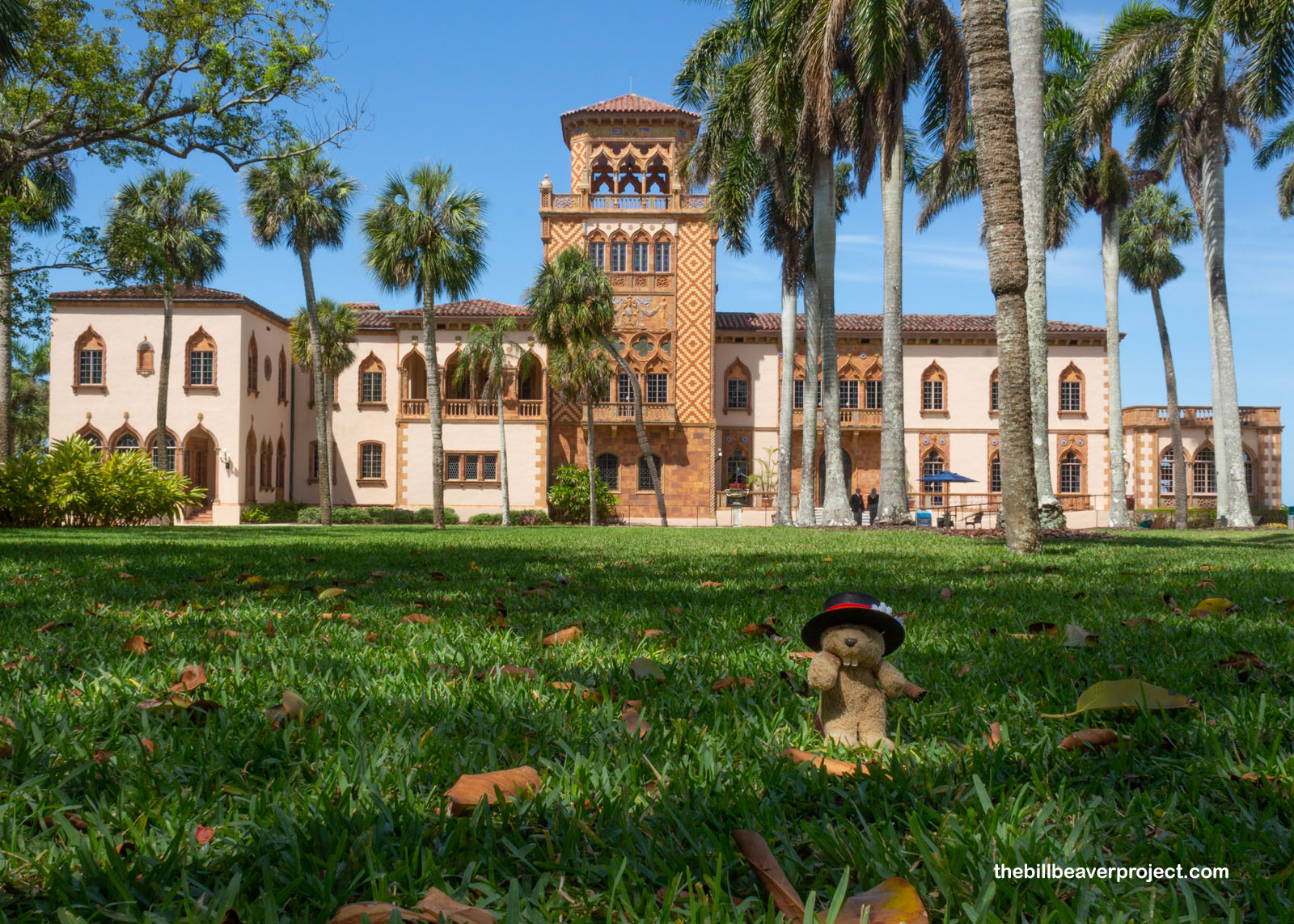 |
The Ringlings commissioned architect, Dwight James Baum, to design a Mediterranean revival palace that drew inspiration from all over Europe, and had ten more rooms than Gray Crag! The mansion was called Cà d’Zan, which, in the Venetian language, means “House of John,” and still stands today as one of the best surviving buildings from the Roaring ’20s on Florida’s Gulf Coast!
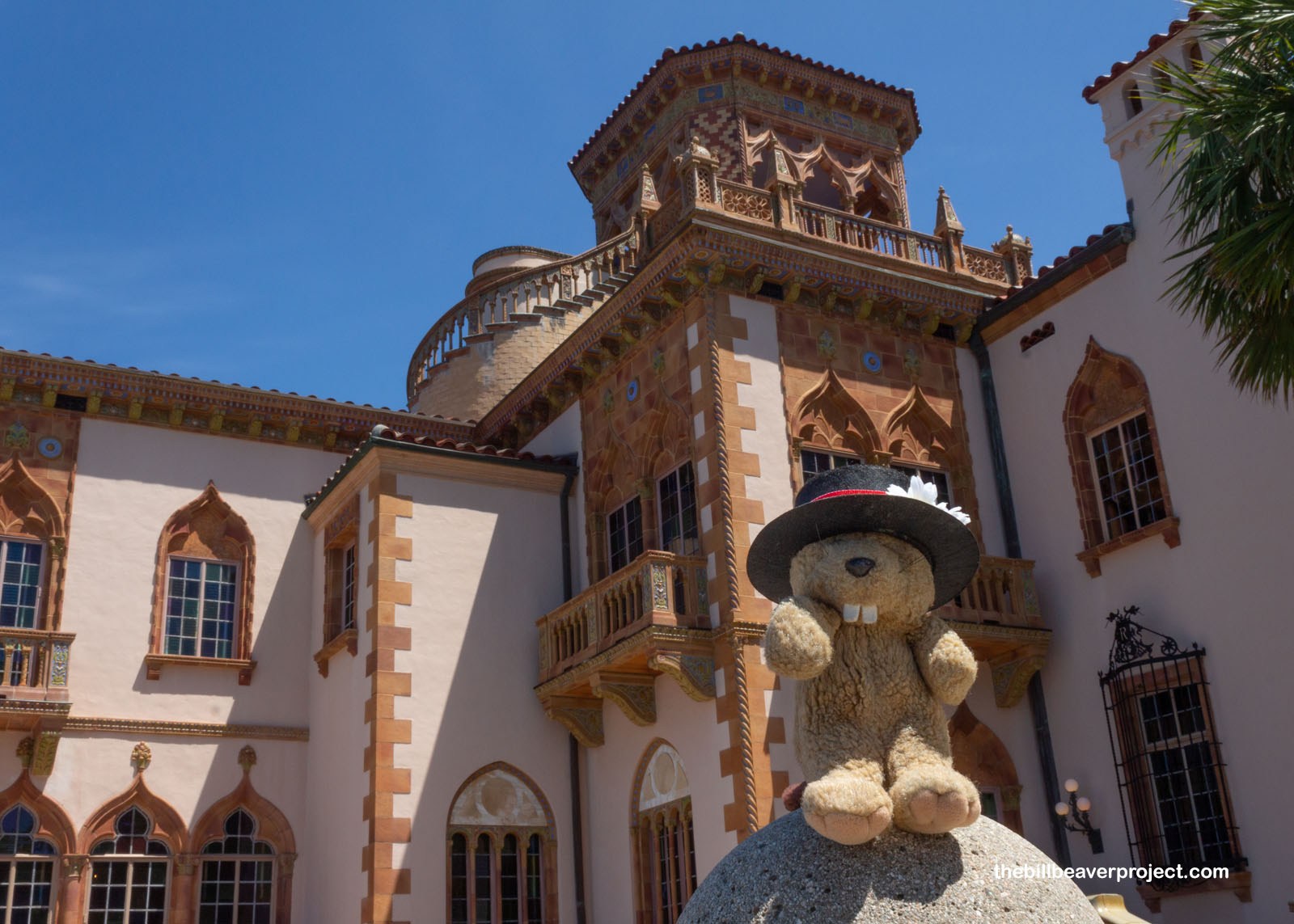 |
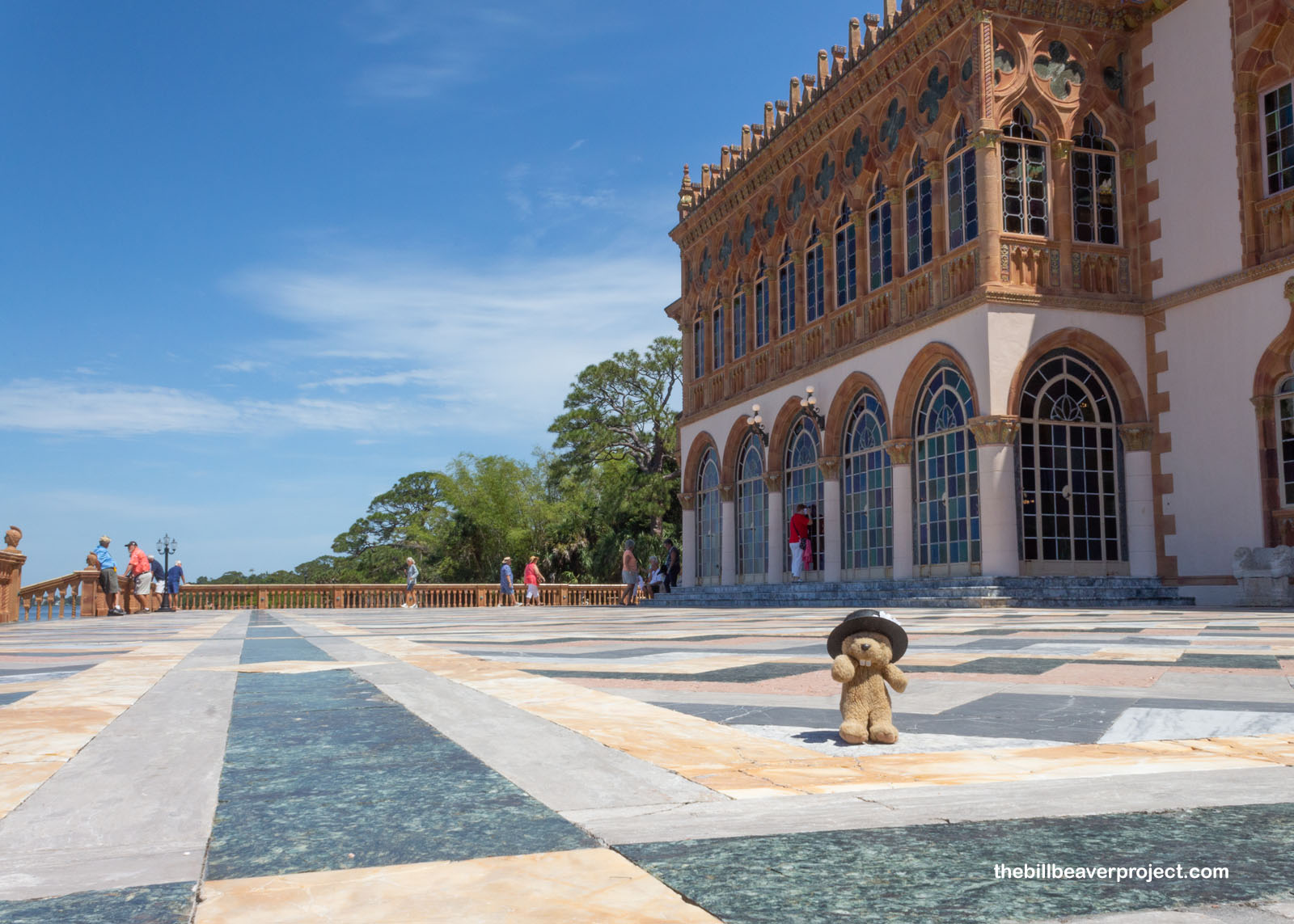 |
Inside the house was meant for entertaining with a special balcony for recitations, an organ with pipes stretching up through the walls, and a ballroom with a ceiling that featured dancers from cultures all over the world! Today, only that ground floor is open for visitors, but that left plenty to see and marvel at, even without visiting the huge bathtub upstairs that was carved from a single block of marble!
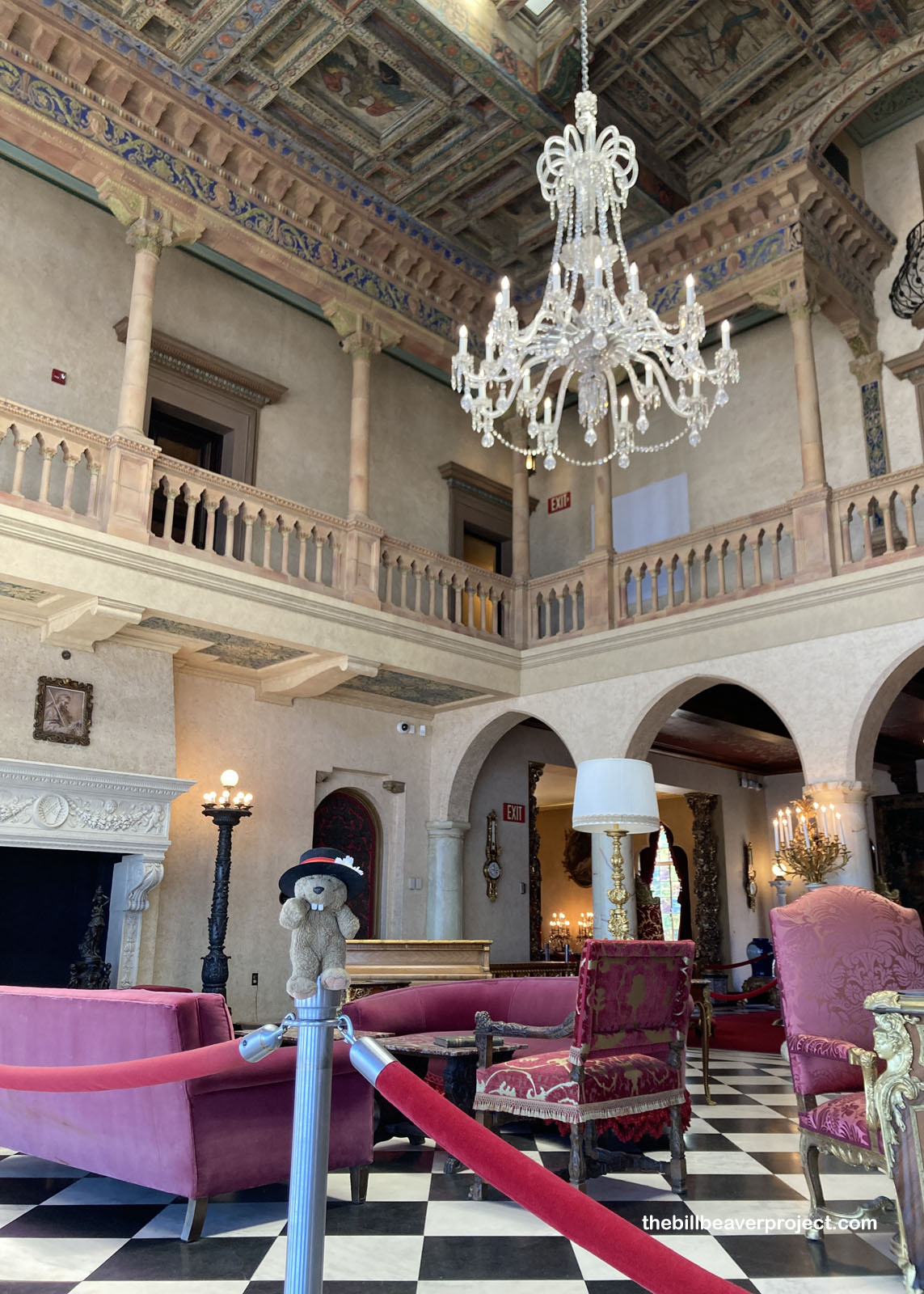 |
Though one of Florida’s best known mansions, the Cà d’Zan was just one gem of the Ringling Estate, which was willed to the State of Florida in 1936. The grounds around the John and Mable Ringling Museum of Art are still sprawling, home to Mable’s special wagon-wheel shaped rose garden and 14 banyan trees, the largest collection in the whole Sunshine State!
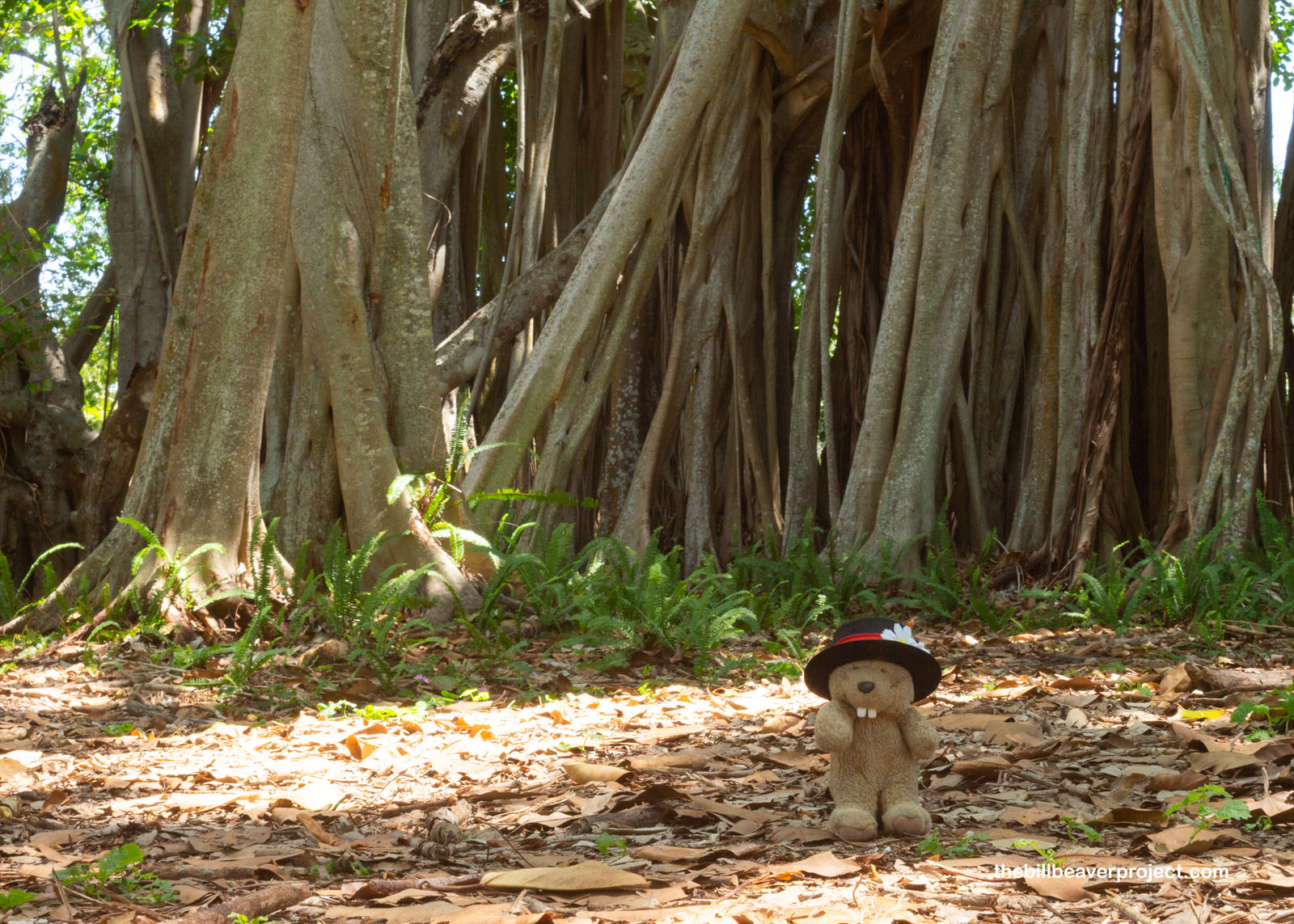 |
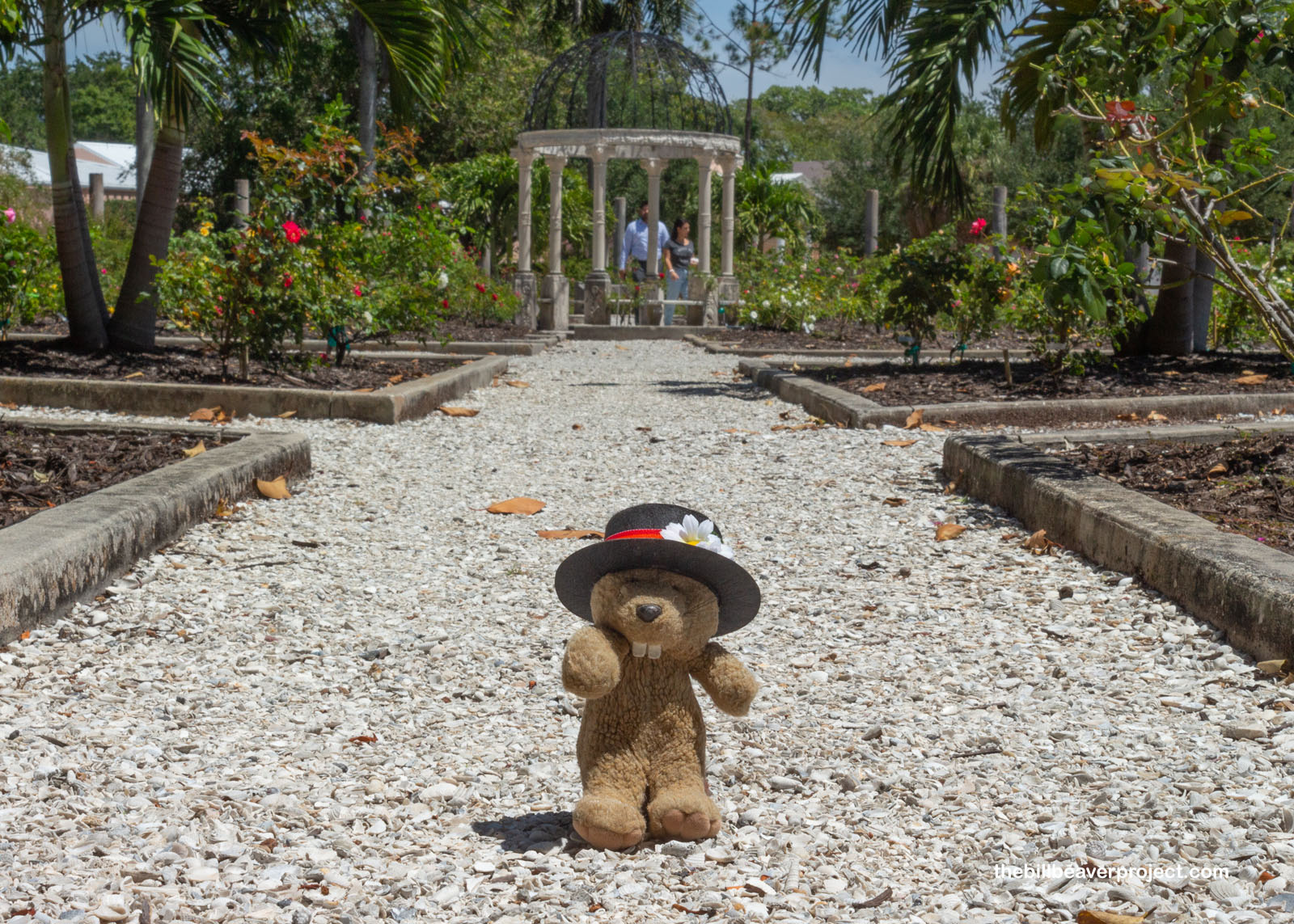 |
But for me, the botanical treasure here was the Shaving Brush Tree (Pseudobombax ellipticum), sometimes called the Dr. Seuss Tree! Native to Central America, this tree and its fluffy flowers reminded me that it was time to celebrate Firstbud! So I made sure to spend some time frolicking on the edge of the pond, under these magnificent blooms, before retiring indoors for a drink and a sandwich to escape the heat!
 |
From there, I had a long slog across Florida to Daytona Beach, where I hauled into the Sun Viking Lodge on the edge of the Atlantic. I couldn’t help but notice, as I did, that some of the streets listed on the GPS were now completely underwater! That sure reminded me of the ongoing threat of sea level rise, especially in a state as low in elevation as Florida!
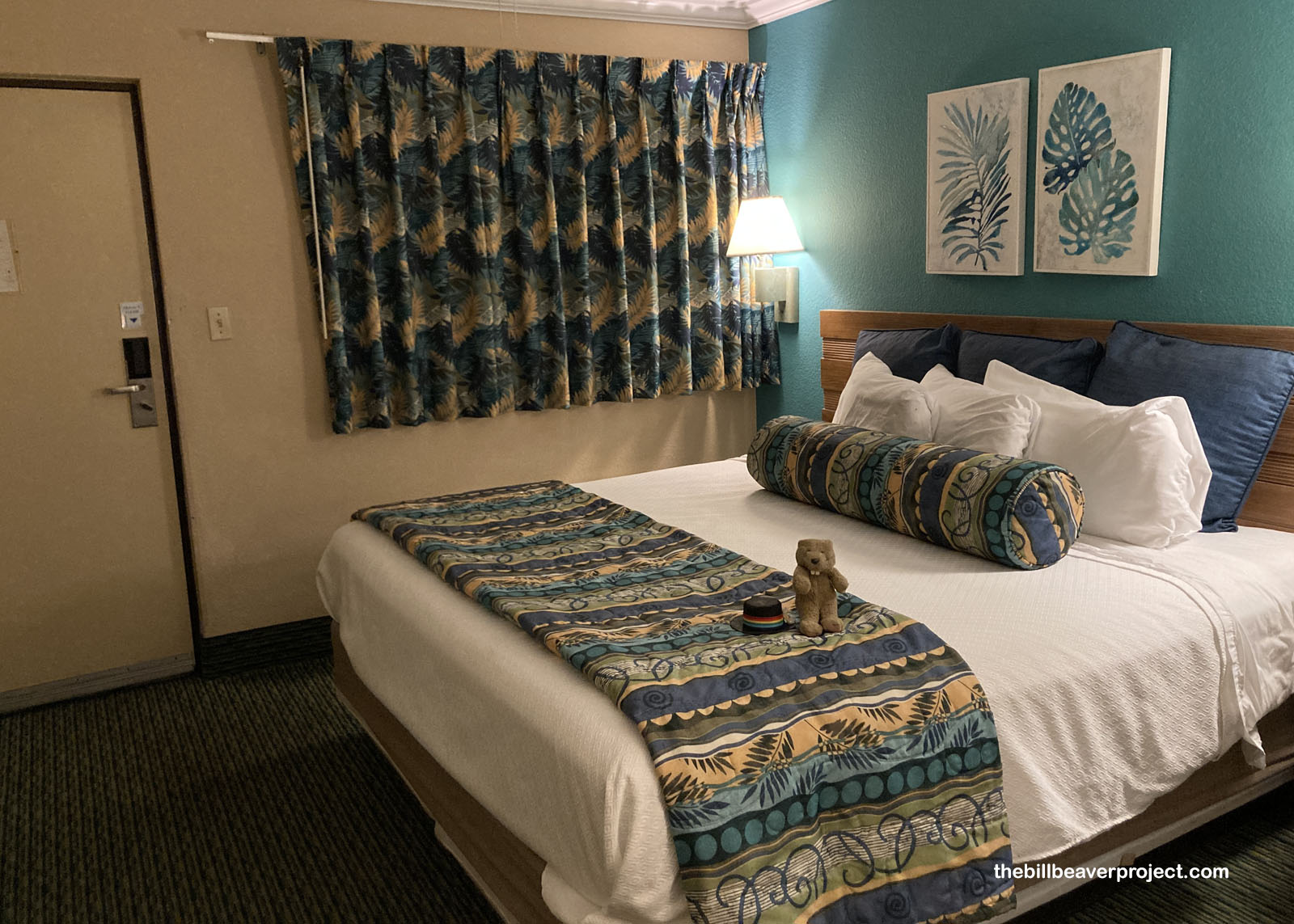 |
After a humongous calzone from Fratelli’s Pizzeria, I waddled to bed and prepared for a big snooze before tomorrow’s adventure. I’ll be exploring three coastal forts that are still standing from the time when the Spanish and French empires clashed colonially on these shores. More on that in the morning!
¡Hasta la costa!

 More 2023 Adventures |
Total Ground Covered: 324.0 mi (521.4 km) |
 Next Day |
